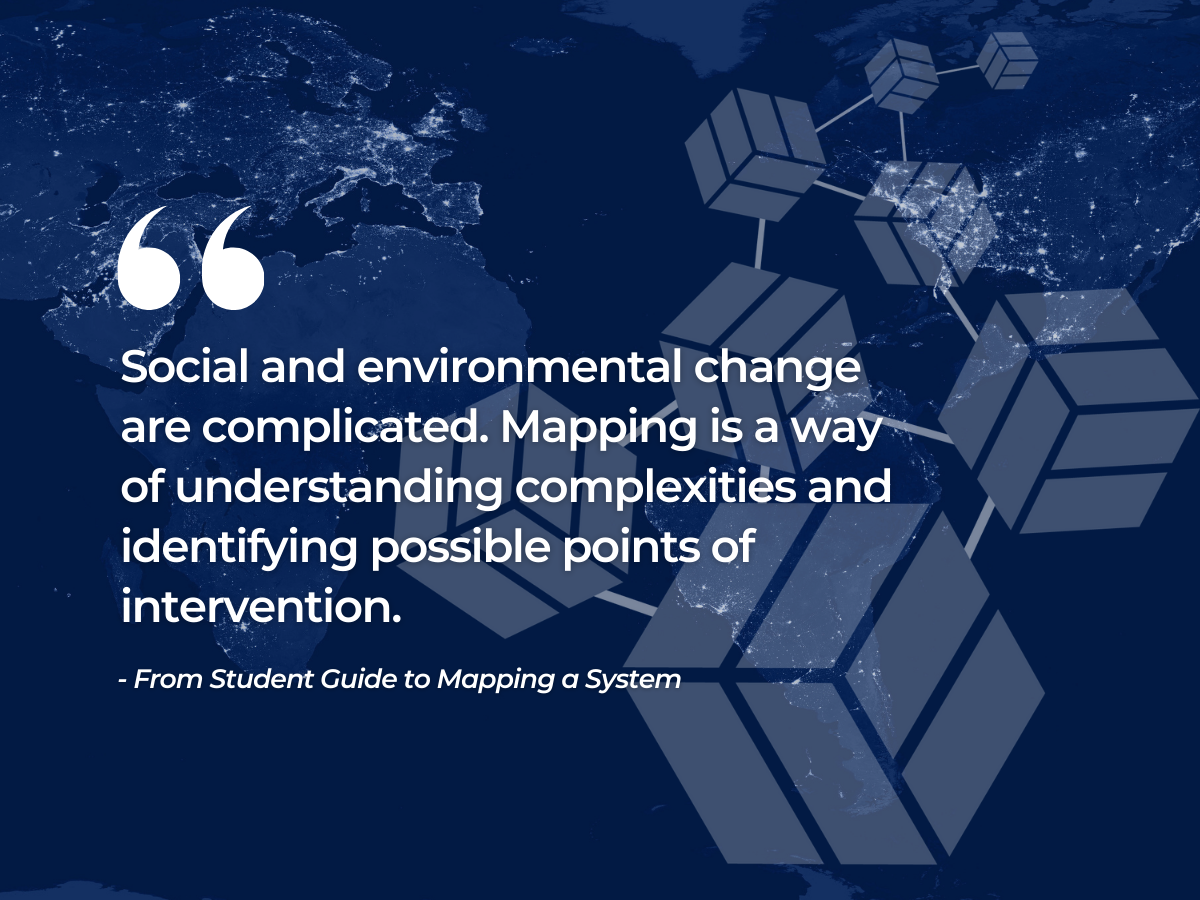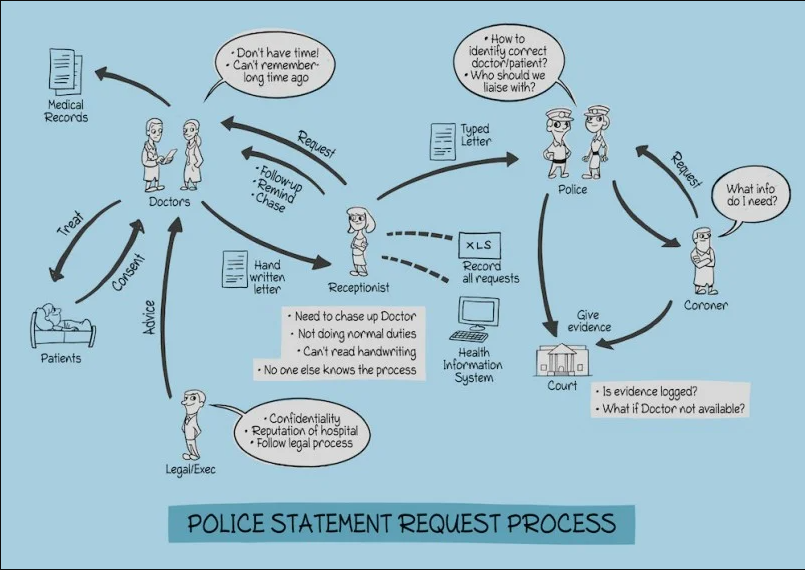Why a Systems Approach is Key to Meaningful Solutions
Complied by Linh Bui
This article is derived from the Workshop What is a Systems Problem? | January 26, 2024 with Dr. Katherine McGowan
In our quest to tackle various issues, we often find ourselves frustrated by the limitations of our solutions. Despite our best efforts, problems persist, and it seems like we're only scratching the surface. But what if the problem lies not in our efforts, but in the approach we take?
Many of the problems we encounter suffer from a common set of issues:
1. Addressing Symptoms, Not Root Causes: Too often, our solutions are like band-aids, temporarily alleviating symptoms without addressing the underlying issues.
2. Short-Term Success, Long-Term Failure: Solutions may seem effective initially, but over time, they prove to be unsustainable or even counterproductive.
3. Negative Externalities: Our solutions inadvertently create new problems or worsen existing ones.
4. Passing the Buck: We often view problems as someone else's responsibility, failing to recognize their impact on us and society at large.
The root of these problems lies in our failure to adopt a systems approach. Rather than viewing issues in isolation, we must consider the interconnected web of relationships and dynamics that underpin them.
So, when should we take a systems approach?
Here are some criteria of a system problem:
The problem is chronic, with solutions consistently falling short.
There are multiple initiatives in play, but cooperation and alignment seem elusive.
Stakeholders have competing views or lack understanding of the problem's complexities.
Short-term initiatives undermine long-term solutions.
Political dimensions hinder progress, leading to fragmented efforts.
Solutions only address symptoms and fail to tackle the core issues.
Image source: From The Omidyar Group’s Systems Practice Workbook, https://oecd-opsi.org/toolkits/systems-practice-workbook/
To effectively address complex problems, we need to shift our mindset and embrace systems thinking. Addressing complex problems involves understanding the dynamics holding the problem in place and identifying leverage points for intervention.
But how do we start the systems approach?
1. Ask the Right Questions: Define your question and explore previous failures and blind spots in understanding. What relationships do you suspect are important? What gaps exist in your understanding?
2. Visualize the Problem: Use tools like rich pictures and system maps to represent the problem visually. Visualizing allows for a deeper exploration of the issue and helps uncover diverse perspectives.
Image source: From Better Evaluation https://www.betterevaluation.org/methods-approaches/methods/rich-pictures
Rich Picture is a great way to draw what you see from where you or your stakeholders are in the system, gaining diverse perspectives on how people perceive the system.
3. Focus on System Dynamics: Identify key elements of the system and examine how they interact to perpetuate the problem. Look for patterns and feedback loops that maintain the status quo.
4. Engage Stakeholders: Involve stakeholders from various sectors to gain insights into different facets of the problem. Embrace diverse viewpoints to build a comprehensive understanding.
5. Iterate and Adapt: Recognize that solving complex problems is an ongoing process. Continuously gather feedback, reassess assumptions, and refine your approach based on new insights.
By adopting a systems approach, we can break free from the cycle of ineffective solutions and pave the way for meaningful change. Let's embrace complexity and work together to create a more resilient and equitable future.
To learn more about systems thinking skills, check out our Resources



